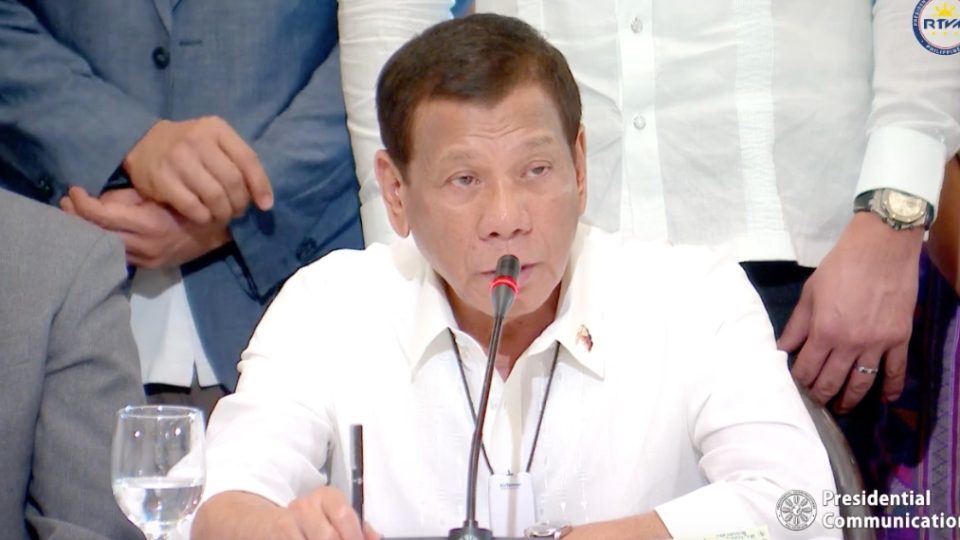President Rodrigo Duterte has reportedly ordered the “enhanced community quarantine” of the whole of Luzon in a bid to stop the spread of COVID-19, his spokesman, Salvador Panelo, said today.
In a dashed-off text message to media outlets, Panelo merely said that the president had announced the measure, without elaborating on what heightened restrictions it might entail on top of the lockdown that already went into effect yesterday.
According to the guidelines released by Malacañang Palace on Friday when they announced the initial lockdown, an “enhanced” community quarantine could mean virtual martial law, with the population confined to their residences and the streets patrolled by security forces.
Read: Cebu, Davao City under quarantine despite no confirmed cases, more cities follow suit
Enhanced restrictions could include that a “strict home quarantine shall be implemented in all households; transportation shall be suspended; provision for food and essential services shall be regulated, and heightened presence of uniformed personnel to enforce quarantine procedures will be implemented.”
In his message, however, Panelo did not specify which of those measures would be going into effect, or when.
If and when the new restrictions do go into effect, however, the enhanced lockdown will likely affect the lives of almost 50 million Filipinos.
If the government is indeed putting the entire island of Luzon on de facto house arrest, it appears not to have shared that information with the Department of Interior and Local Government (DILG), which as of press time was still deliberating whether to tell employers to call off work in Metro Manila.
In an interview with CNN Philippines today, DILG Undersecretary Jonathan Maglaya said that the work stoppage might occur because social distancing isn’t being followed in Metro Manila, where people are still commuting to and from work. This morning, several netizens observed commuters squeezed into packed buses, jeepneys, and trains, with close confines making it easier for the coronavirus to spread.
As of today, there have been 140 recorded COVID-19 cases in the Philippines, with 12 dead, making the country’s mortality rate — currently 8.57 percent — far higher than the global average of between 3 and 4 percent, and higher than Italy’s already-elevated rate of 7.3 percent. Still, the country’s infection count remains relatively low compared to the hardest-hit nations, like China, Italy, Iran, and South Korea, all of which are grappling with thousands of cases.




